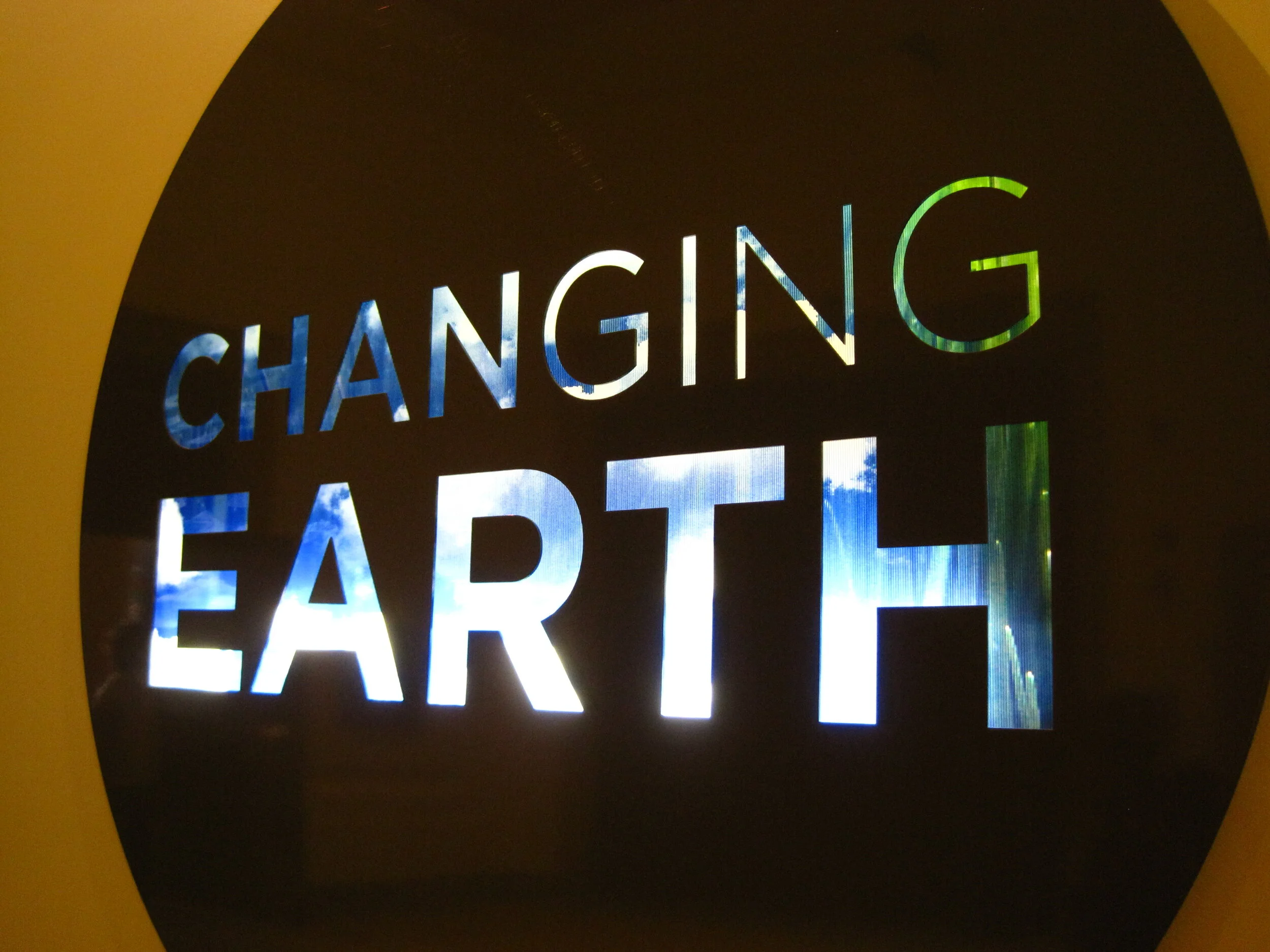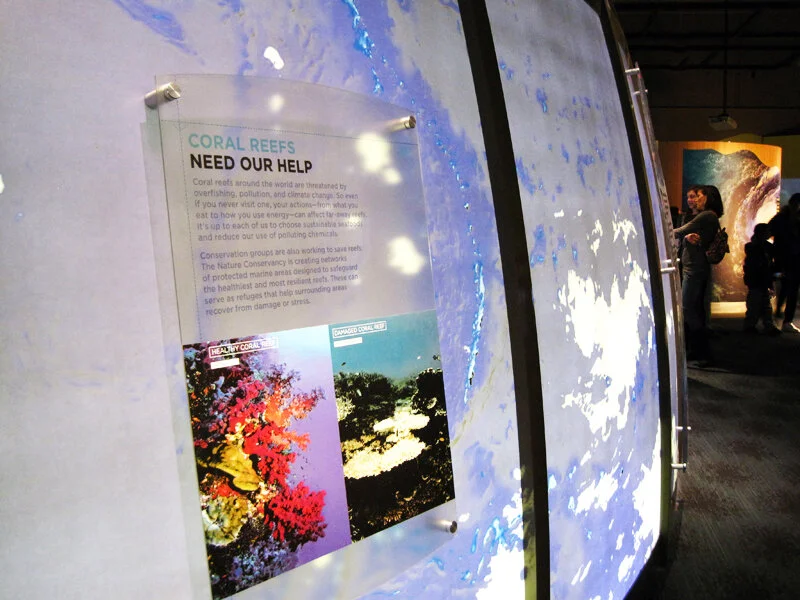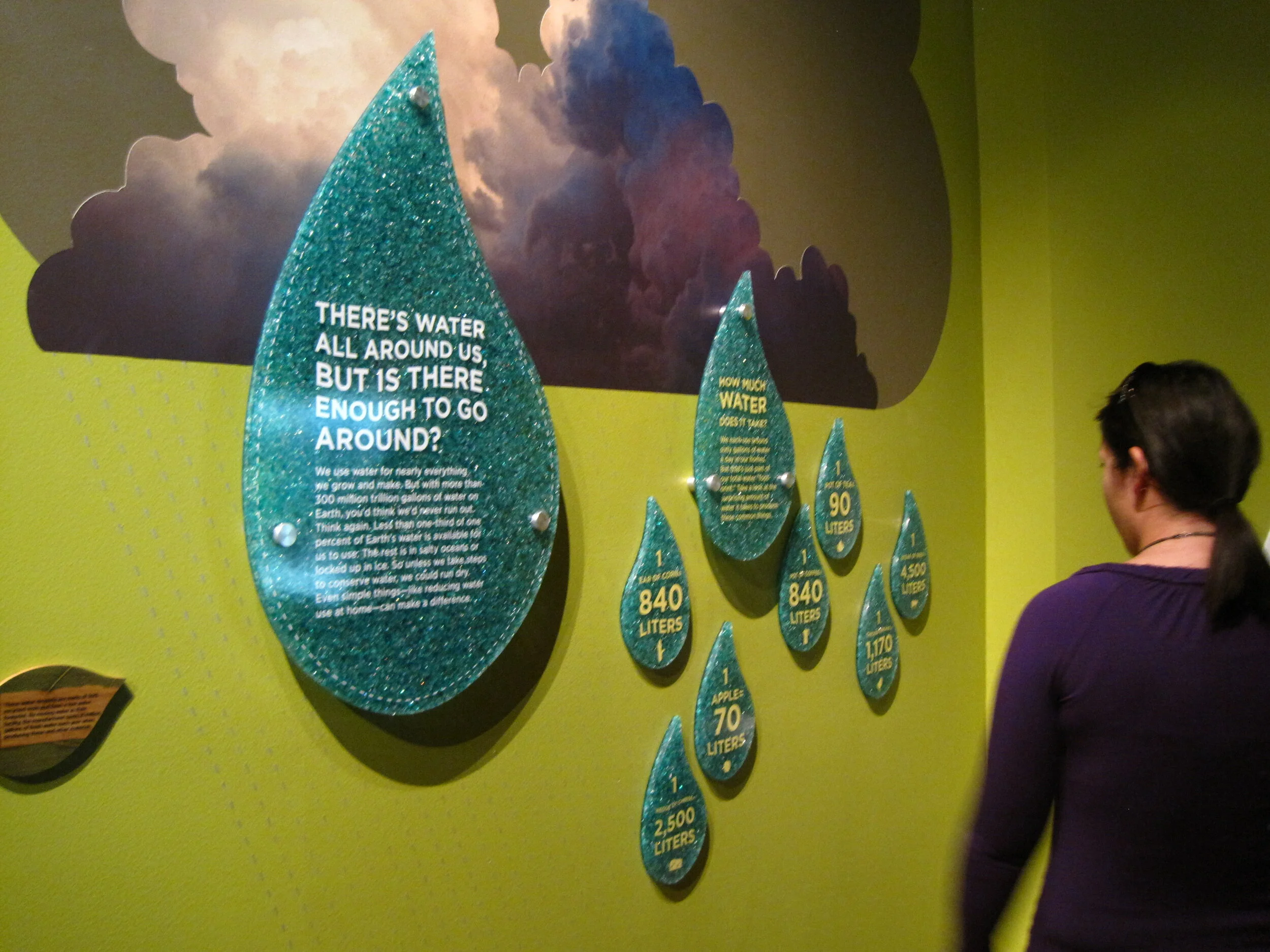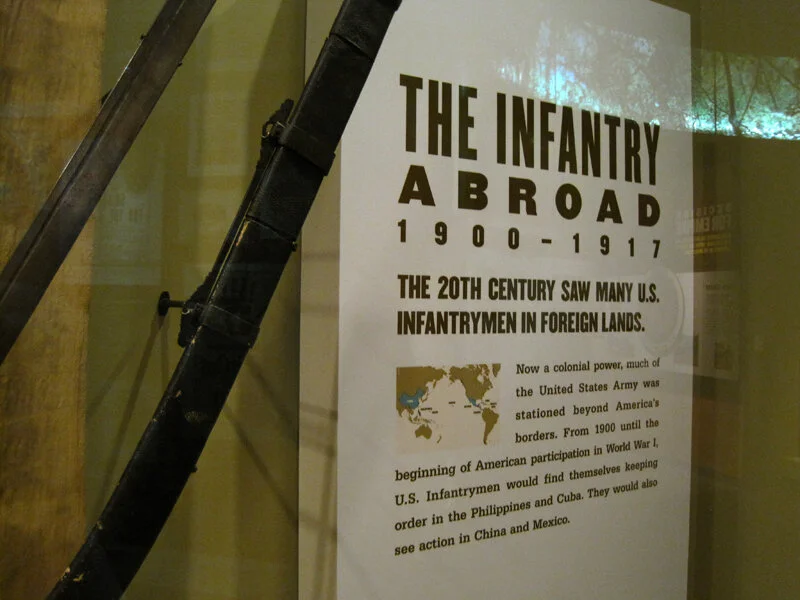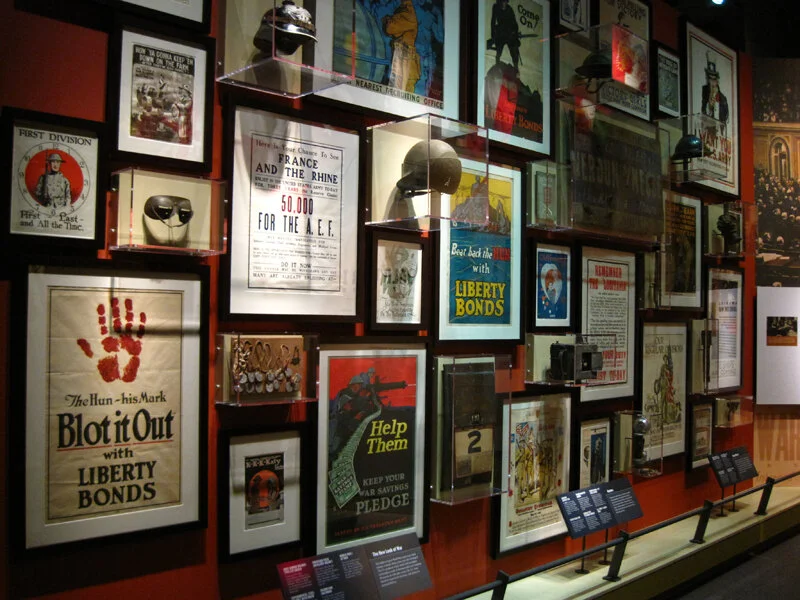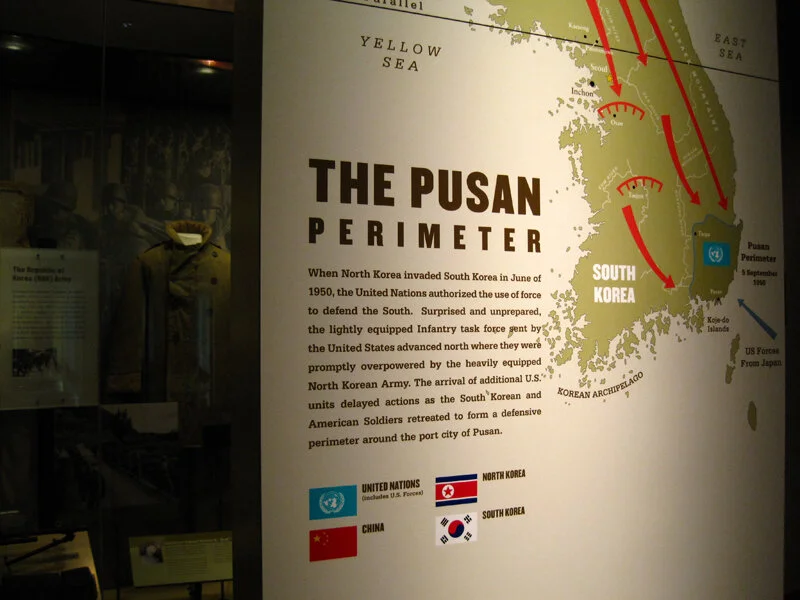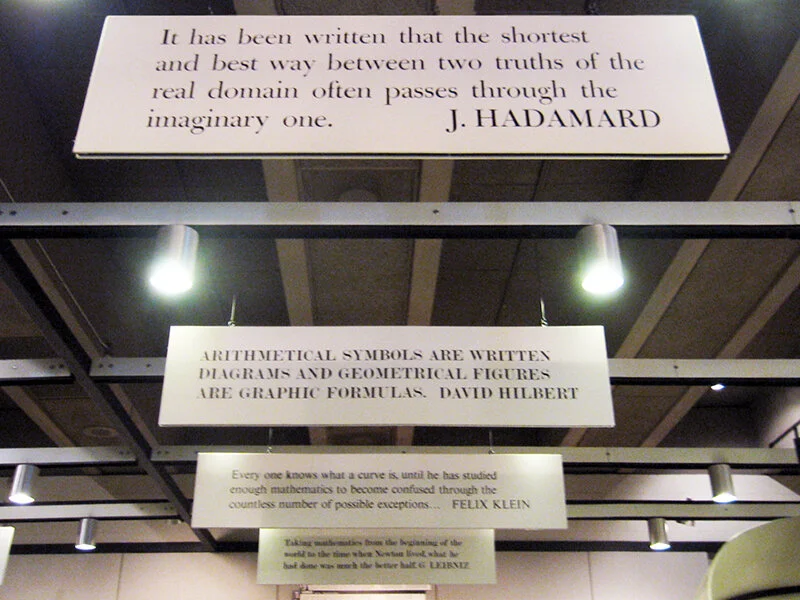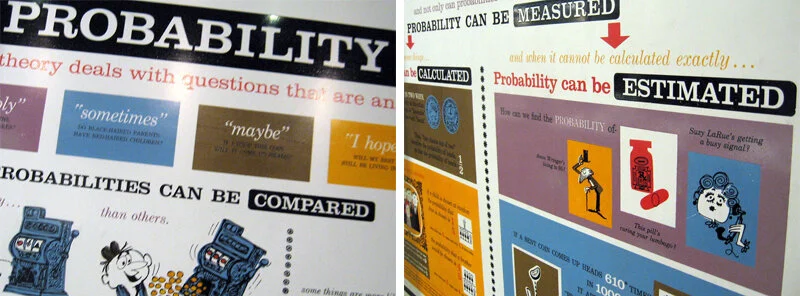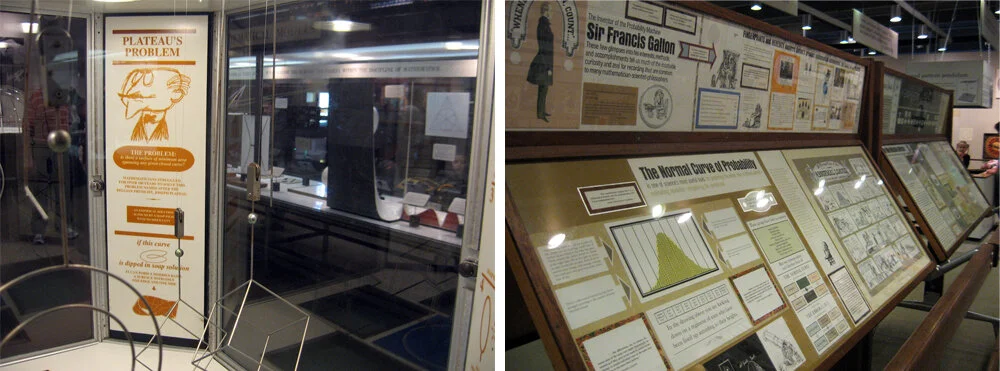A few days ago I was talking with some colleagues about the Perot Museum of Nature and History in Dallas, Texas. Someone remembered one responsive interactive; I remembered a different one ... and then I remembered that I haven’t shared any photos from my visit (nearly a year ago).
The responsive interactive I remembered was located in the lobby. Models of water molecules danced up and down from the ceiling in response to the movements of people below. The molecule models were controlled by cameras in the ceiling that sensed movement and triggered motors that made them dance.
And that’s about where my specific memories break down. What I do remember is how large the museum is, with 11 permanent exhibit halls, and that the day I went it was JAM-PACKED.
There was something there for everyone though, even if it took a bit of maneuvering to get around and find it. I liked the dinosaur gallery:
And bits and pieces of other galleries, including the entrance to the Gems and Minerals Hall:
I was really taken with these benches sprinkled throughout the museum, with their cut-out factoids:
Overall, we were intrigued, learned some things, and had fun. (Just don’t ask me for details.)
I’ll wrap this post up with a photo I took of the roof. From the museum’s Wikipedia page: “It has a stone roof which features a landscape of drought-tolerant greenery inspired by Dallas surroundings. … Building on the museum’s commitment to resource conservation, the new building integrates a variety of sustainable strategies including a rainwater collection system that captures run-off water from the roof and parking lot, satisfying 74% of the museum’s non-potable water needs and 100% of its irrigation needs.”
Post updated in January 2021 with minor text edits. This post was originally published at theexhibitdesigner.com on 20 March 2014.































